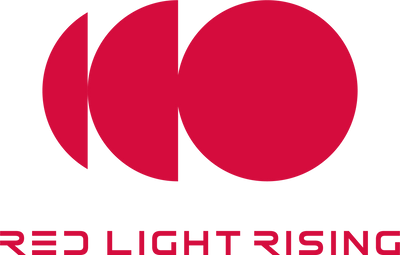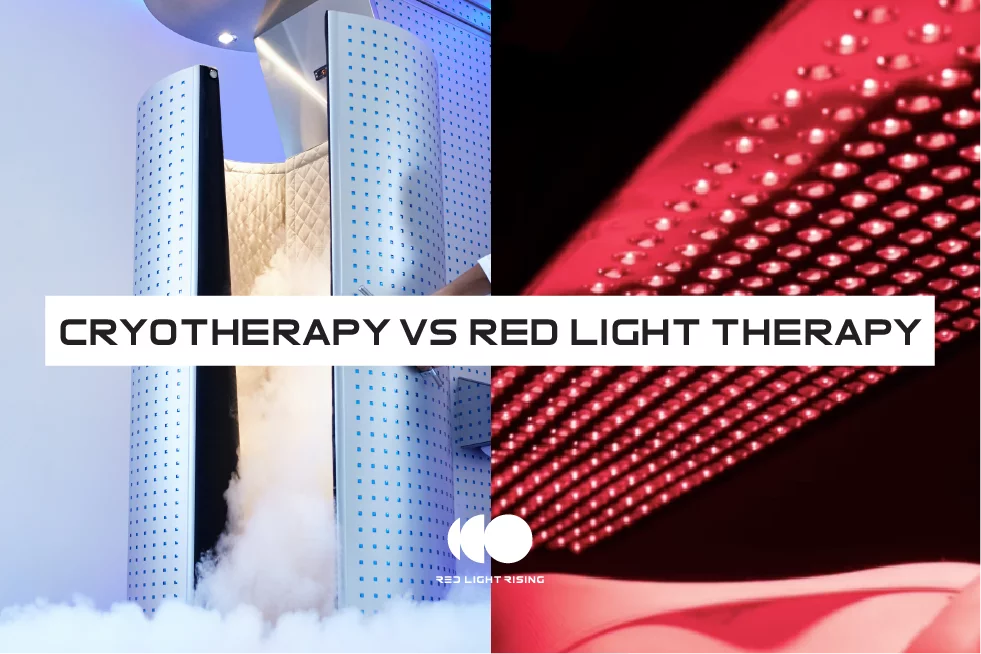Understanding Cryotherapy and Red Light Therapy
Today's blog explores the differences between cryotherapy and red light therapy, focusing on their characteristics and general applications.
- Cryotherapy vs. RLT
- Comparing benefits
- Risks and Considerations
- Conclusion
Cryotherapy vs. RLT
While both cryotherapy and red light therapy utilize advanced technologies, they function differently and are used in various contexts.
Cryotherapy:
Cryotherapy involves using extremely cold temperatures on the body. This term broadly includes simple methods like ice packs as well as more complex full-body cryotherapy chambers. The latter can reach temperatures well below freezing. Cryotherapy is often used in various wellness and recovery contexts.

Red Light Therapy (RLT):
RLT involves exposure to red and near-infrared light. It is thought that these specific wavelengths might interact with the body in various ways. RLT devices vary in design and intensity, catering to different uses.

Comparing Benefits:
Cryotherapy Benefits:
- Potential Cooling Effect: Cryotherapy may provide a cooling sensation that some find soothing.
- Application in Wellness Routines: It is often integrated into wellness and recovery programs.
- Varied Usage: Used in different formats, from local applications to whole-body chambers.
RLT Benefits:
- Diverse Device Options: RLT devices come in various forms, offering flexibility in application.
- Use in Wellness Programs: RLT is incorporated into wellness routines, with a focus on light exposure.
- Exploratory Research: Ongoing studies are examining the effects of RLT in various contexts.
Risks and Considerations:
Cryotherapy Risks:
- Cold Exposure: Extreme cold can pose risks, and precautions should be taken, especially in full-body cryotherapy.
- General Safety: It's essential to follow safety guidelines and consult with professionals when using cryotherapy, particularly in specialized settings.
RLT Risks:
- General Safety: While generally considered low-risk, it's important to use RLT devices according to manufacturer guidelines.
- Sensitivity Variances: Individual reactions to light therapy can vary, so starting with shorter sessions may be advisable.
Conclusion:
Cryotherapy and RLT offer different experiences and are used for varied purposes in wellness routines. When considering these therapies, it's important to understand their nature, consult with health professionals, and consider individual health circumstances.
For those interested in exploring these options, a variety of devices and services are available, each with its specific focus.

